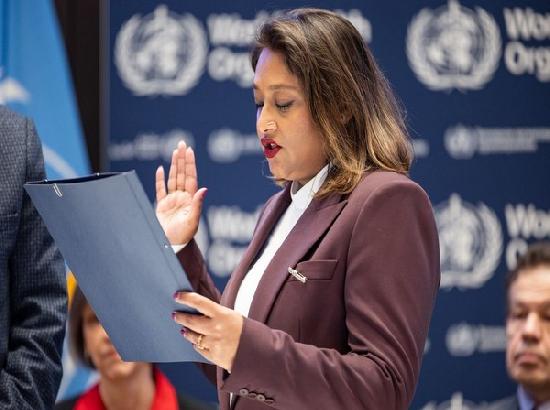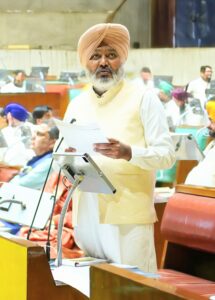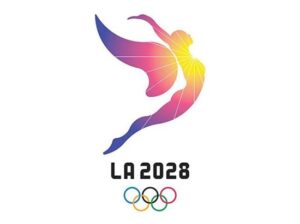New Delhi, January 3
On the occasion of World Cancer Day, the World Health Organization (WHO) highlighted its continued efforts to address the growing cancer burden in the Southeast Asia region.
The organization has worked with Member States and partners to develop the WHO South-East Asia Regional Strategy for Comprehensive Cancer Prevention and Management 2024-2030, a strategic initiative approved at the seventy-seventh Regional Committee.
Saima Wazed, WHO’s Regional Director for South-East Asia on Monday, underscored the importance of collaborative efforts in tackling cancer, stating, “WHO will continue to work with countries in their efforts to reduce the care gap in collaboration with other UN agencies and development partners.”
Further she stated, “Each year 4 February is commemorated as World Cancer Day. This year marks twenty-five years of signing the Charter of Paris Against Cancer at the World Summit Against Cancer for the New Millennium.”
“On this year’s World Cancer Day themed United by Unique, which is a reminder of the collective commitment against cancer, WHO acknowledges every patient’s unique experiences and the value of people-centered care delivered jointly by healthcare providers, families, friends and community,” she added.
WHO South-East Asia Region had 2.4 million new cases of cancer in 2022, including 56,000 children, and 1.5 million deaths.
Among all the WHO regions, our Region had the highest number of cancers of lips and oral cavity, uterine cervix, and childhood cancers. It is estimated that by 2050, there will be 85 percent increase in the number of new cases and deaths in the Region, the WHO director told in her report.
According to WHO regional director, in the last few years, countries in the Region have made notable progress in cancer control. Six countries have dedicated national plans for cancer control, and two countries have included cancer as part of national NCD plan to strategically guide the cancer prevention and control activities.
Bhutan had successfully completed the Health Flagship project in 2020, where more than 90 per cent of the target populations were screened for gastric, cervical, and breast cancer each, with screened positives being linked to diagnosis and treatment. The country is currently integrating the model into mainstream health services.
Through the Cancer Anywhere program, Thailand has adopted universal health coverage approach to cancer management. Eight countries have introduced nationwide Human Papillomavirus vaccination.
Global initiative for childhood cancer is being implemented in ten countries through a regional network of institutions. Seven countries have operational population-based cancer registries.
In ten countries, tertiary-level cancer care is generally available, reaching 50 percent or more patients in need. The Region has seen the fastest rate of decline in tobacco use which is a major risk factor for several high burden cancers. WHO has worked closely with all the Member States supporting these efforts.
There are, however, persistent challenges. The response to cancer control is not uniform among countries. National cancer control programmes and plans are not fully aligned with evidence or best practices resulting in their ineffective implementation.
Policies and guidance on control of cancer-causing agents prevalent in the Region, such as areca nut, is lacking. Existing cancer prevention policies and programmes are not fully implemented, leading to millions of avoidable cases.
Cancer services are included in health benefit packages in only six countries. Screening for specific cancers is low. For example, cervical cancer screening has less than fifty percent coverage in seven countries, which is much below the target of seventy percent required for elimination of cervical cancer as a public health problem. Late diagnosis, when treatment is generally less effective and costlier, is common.
National capacities remain inadequate to manage the increasing cancer burden. Not all countries of the Region have functioning population-based cancer registries or national surveillance systems that include cancer indicators for routine reporting. Only three percent of patients in need of palliative care are estimated to be receiving the care.
“To overcome challenges through a contextualized, evidence-based approach, WHO worked with Member States and partners in co-creating the WHO South-East Asia Regional Strategy for comprehensive cancer prevention and management 2024-2030, implementation of which was approved at the seventy-seventh Regional Committee,” she said.
“The strategy highlights the importance of a people-centered approach, placing individuals and communities at the heart of health systems, including cancer care. WHO will continue to work with countries in their efforts to reduce the care gap in collaboration with other UN agencies and development partners,” she added.
Additionally, partnership will be strengthened with communities, civil societies, private sector and other stakeholders. It is only with joint effort led by governments, supported by WHO and partners, and through collaboration that we will be better equipped to tackle the rising cancer burden.
(ANI)













